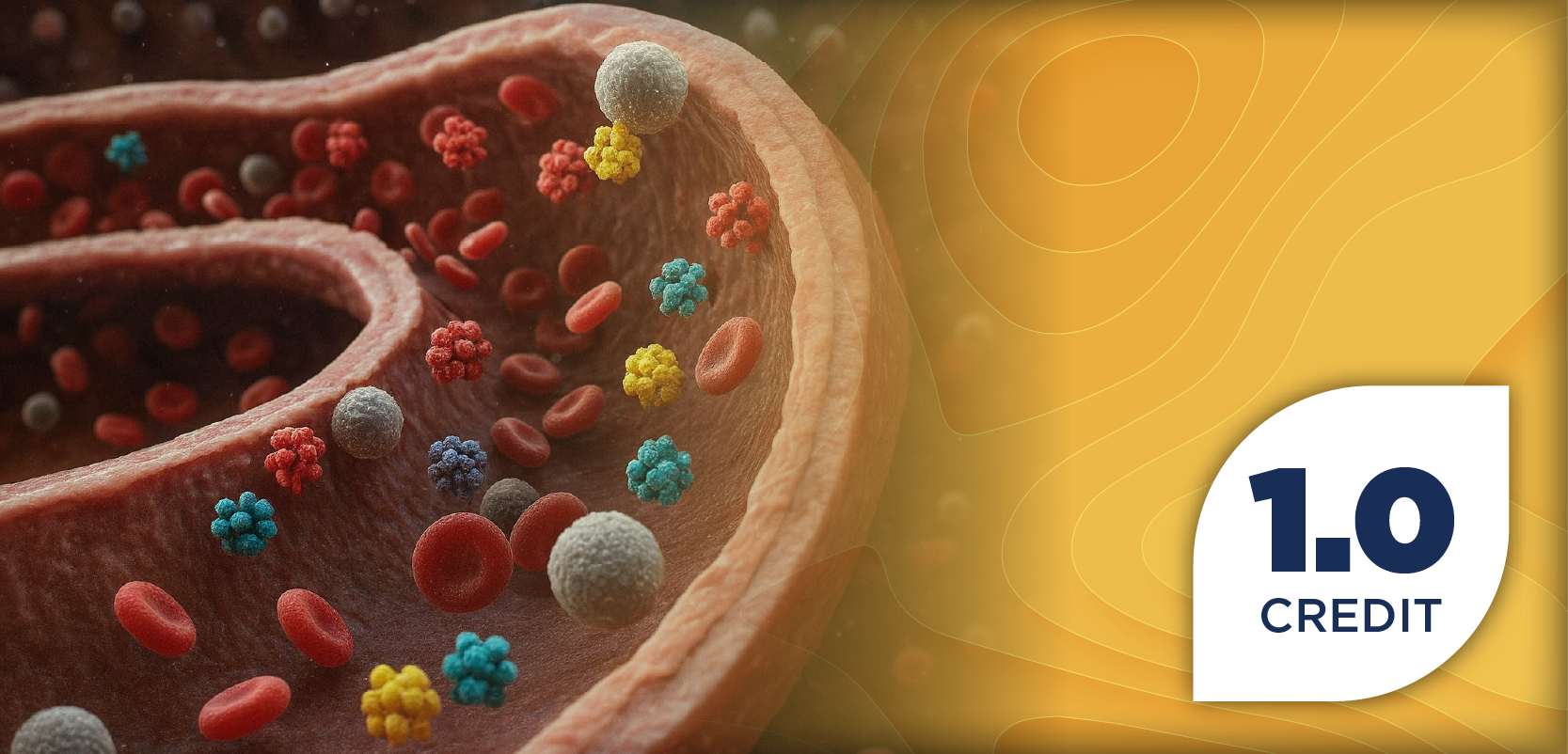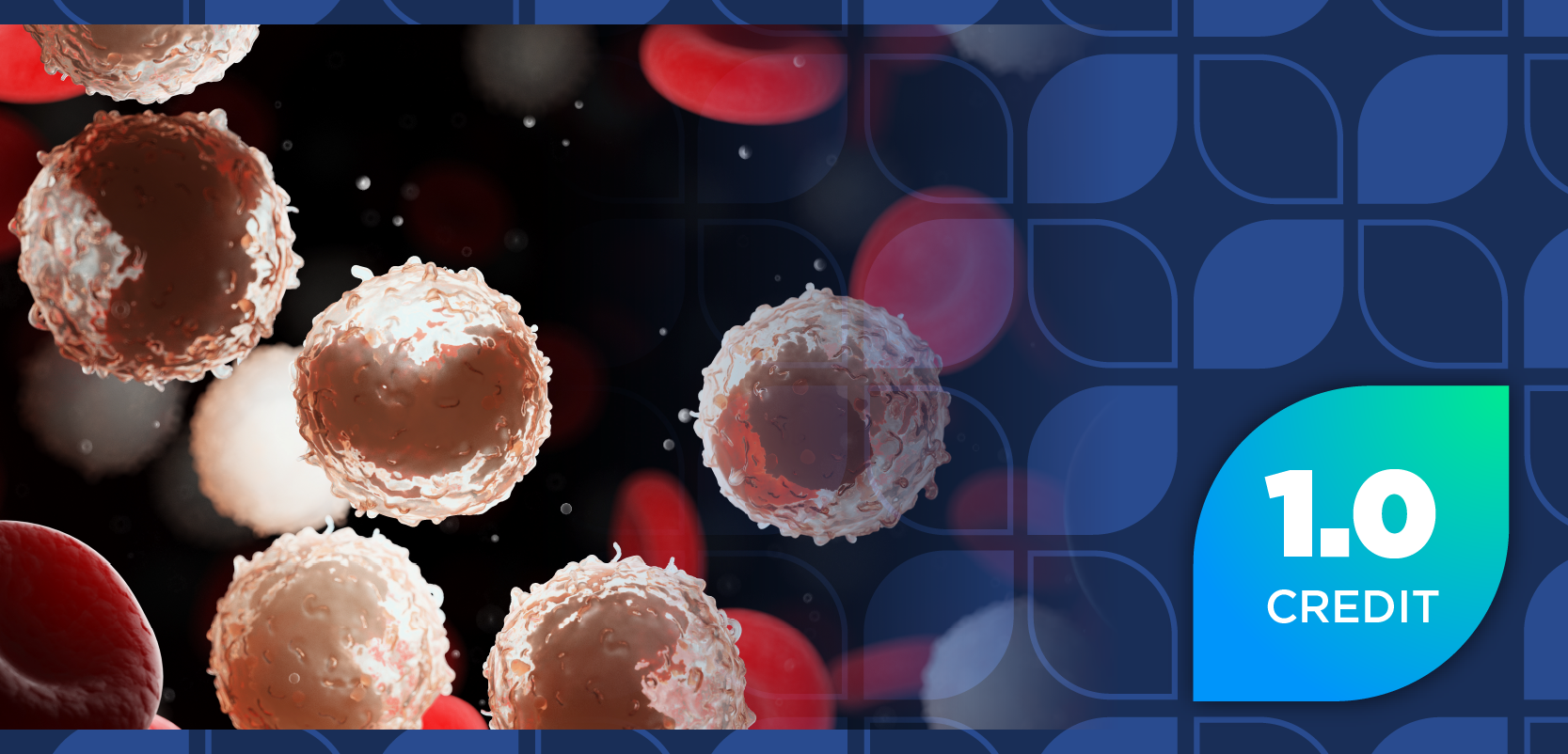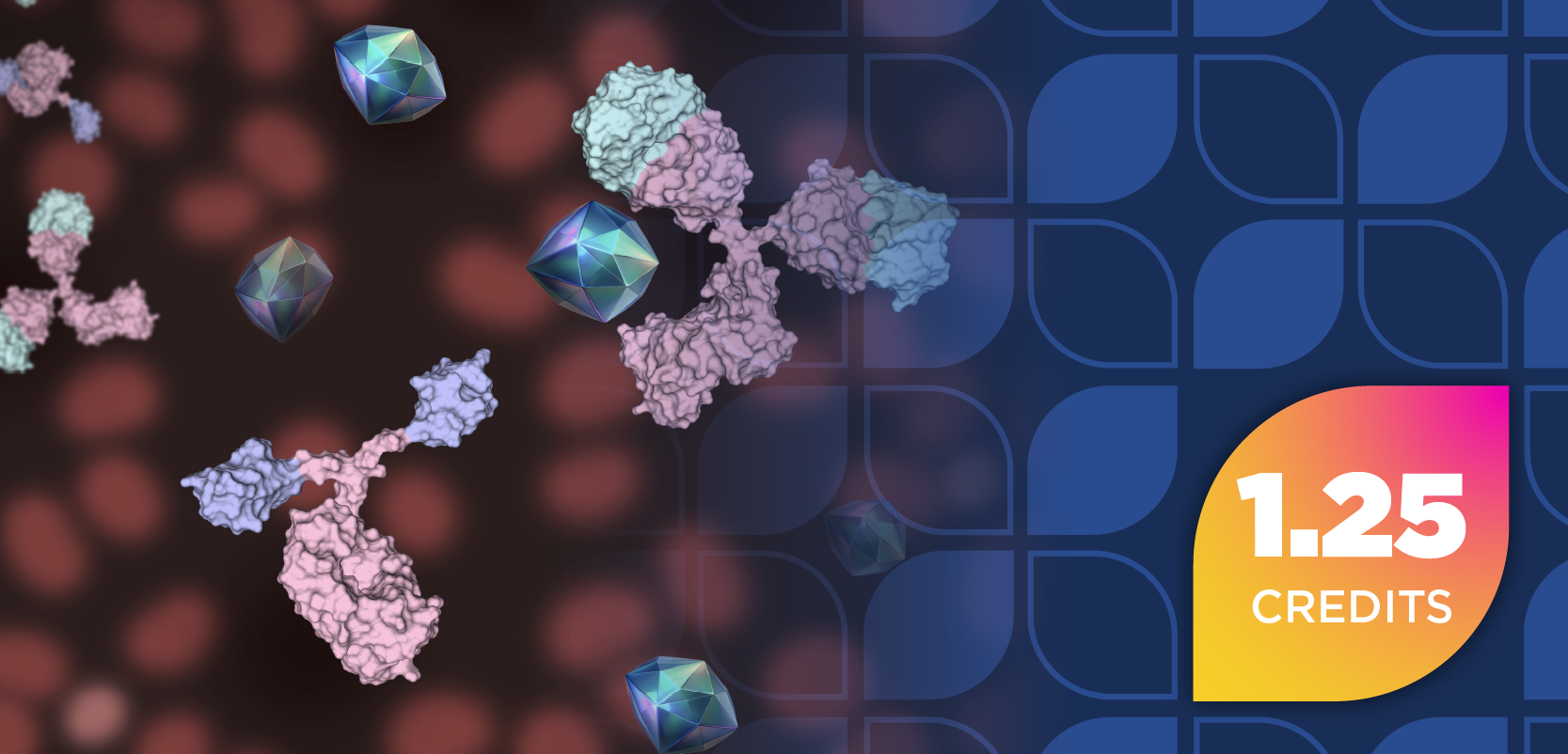
Novel Blood Test Detects Early-Stage Pancreatic Cancer With 85% Accuracy
Key Takeaways
- PAC-MANN detects early-stage PDAC with 85% accuracy, improving early diagnosis and survival rates.
- The test uses a fluorescent peptide and magnetic nanosensor to detect protease activity in blood samples.
The test offers an accurate, fast, low-cost, and noninvasive tool for early diagnosis of pancreatic ductal adenocarcinoma.
A novel blood test can identify early-stage pancreatic ductal adenocarcinoma (PDAC) with 85% accuracy, according to the test developers from Oregon Health & Science University. The test, called PAC-MANN, may help health care professionals identify PC in its earlier stages, thereby improving survival rates for one of the most fatal cancers.1
PDAC is difficult to diagnose in its early stages, and by the time PDAC causes symptoms, the cancer has often spread outside of the pancreas. By that point, survival outcomes significantly worsen. According to the American Cancer Society, the 5-year survival rate for patients with localized disease is 44%, but this percentage drops drastically to as low as 16% and 3% for regional and distant disease, respectively.2
“The problem with pancreatic cancer is that we often catch it too late,” said Jared Fischer, PhD, a scientist with the OHSU Knight Cancer Institute’s Cancer Early Detection Advanced Research Center, or CEDAR, in a news release. “Our goal with PAC-MANN is to give clinicians a tool that can detect the disease much earlier, when more treatment options are available and there is a better chance of survival.”1
Existing tests, such as carbohydrate antigen (CA) 19-9, are effective at predicting prognosis but are often not sensitive enough for diagnosis of early disease. The PAC-MANN is a fast, noninvasive test that uses a fluorescent peptide and a magnetic nanosensor to detect protease activity in a small blood sample. Detecting PDAC earlier through liquid biopsy methods could open up more treatment opportunities and improve patient survival.1
“The big difference with this test is the cost: It takes only 8 microliters of blood and 45 minutes to run the test at a cost of less than a penny per sample,” Jose L. Montoya Mira, PhD, lead author, and research engineer at OHSU’s CEDAR, in a news release. “This could easily be used in rural and underserved settings, where traditional tests are not or cannot be used.”1
To create this detection method, scientists screened a series of protease-cleavable peptide probes to distinguish PDAC samples from those of healthy individuals and patients with noncancerous pancreatic conditions. They identified a specific matrix metalloproteinase (MMP)-sensitive probe that could differentiate PDAC with 79% accuracy. This probe was then incorporated into PAC-MANN to detect protease activity.3
In patients who underwent surgery to remove their tumors, the protease activity detected by the assay dropped by an average of 16%, suggesting it could be useful for monitoring treatment response. In a separate blinded retrospective study, the test identified PDAC with 98% specificity and 73% sensitivity across all stages, while also correctly distinguishing 100% of patients with noncancerous pancreatic disease. When combined with the clinical biomarker CA 19-9, the PAC-MANN assay achieved 85% sensitivity and 96% specificity for detecting early-stage PDAC.3
These findings highlight PAC-MANN’s potential as a fast, high-throughput blood test that could improve early PDAC detection, particularly for individuals at high risk. By providing a noninvasive and efficient way to screen for pancreatic cancer, this assay could play a crucial role in shifting diagnosis to earlier stages when treatment is more effective.
“This test isn’t just about detection—it could also help us measure how well treatments are working and guide therapeutic options,” Fischer said. “If we can track a patient’s response to therapy in real time, we can make better treatment decisions and improve outcomes.”1
REFERENCES
1. New blood test identifies hard-to-detect pancreatic cancer with 85% accuracy. News Release. February 12, 2025. Accessed February 19, 2025. https://www.eurekalert.org/news-releases/1073507
2. Survival rates for pancreatic cancer. American Cancer Society. January 16, 2025. Accessed February 19, 2025. https://www.cancer.org/cancer/types/pancreatic-cancer/detection-diagnosis-staging/survival-rates.html
3. Mira J, Quentel A, Fischer J, et al. Early detection of pancreatic cancer by a high-throughput protease-activated nanosensor assay. Science Translational Medicine. February 12, 2025. doi:10.1126/scitranslmed.adq3110
Newsletter
Stay informed on drug updates, treatment guidelines, and pharmacy practice trends—subscribe to Pharmacy Times for weekly clinical insights.


















































































































































































































